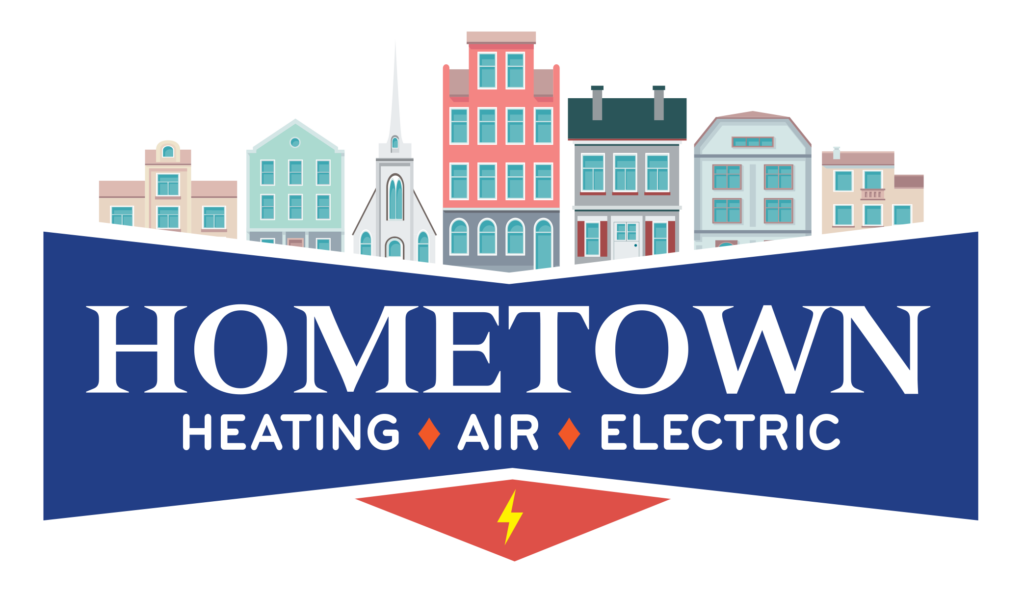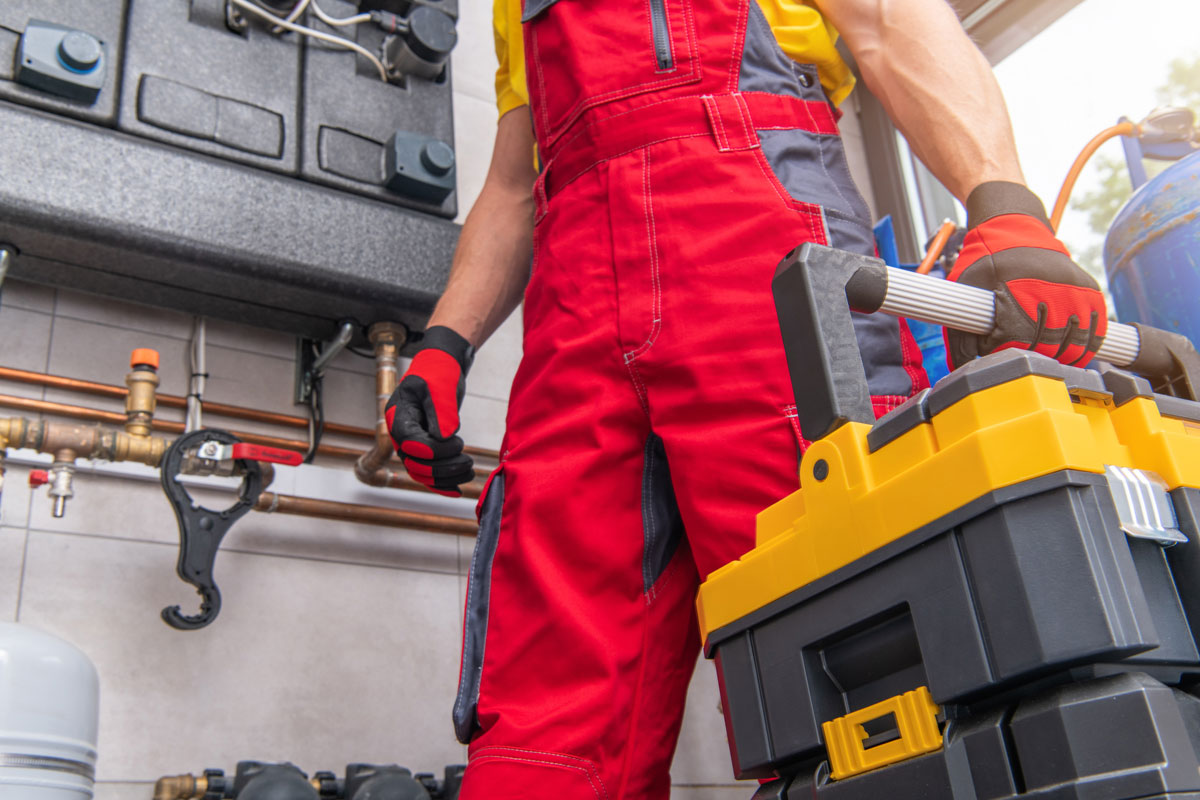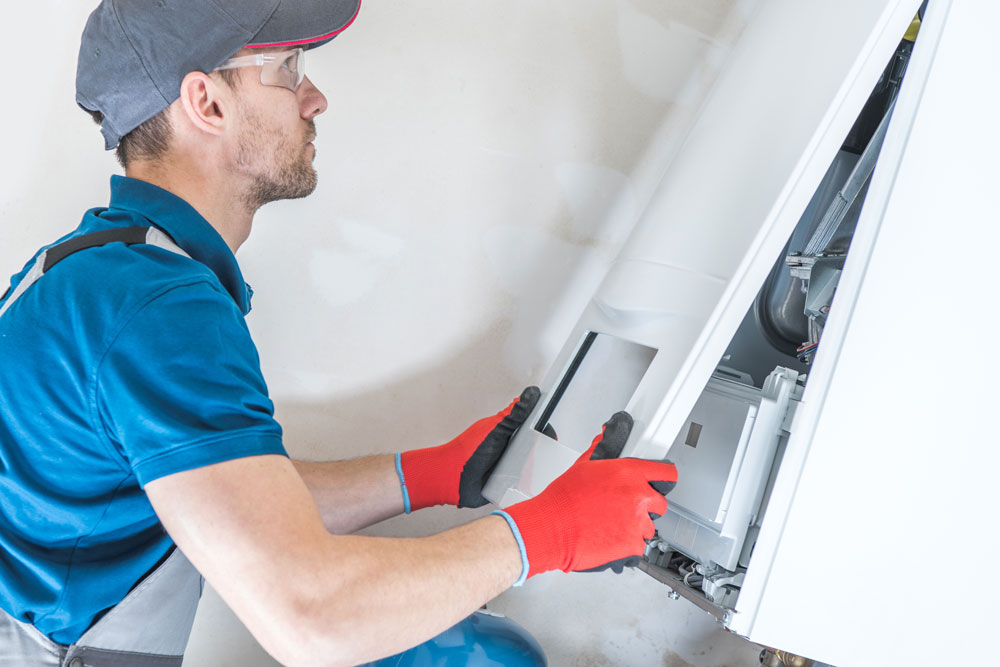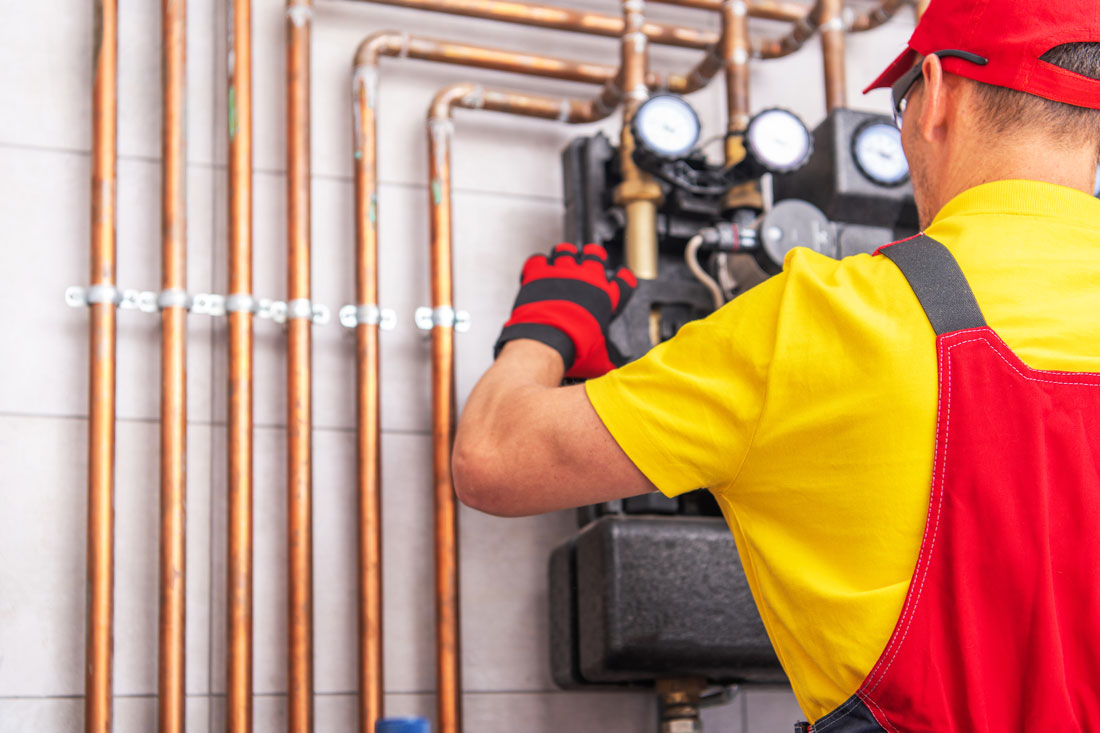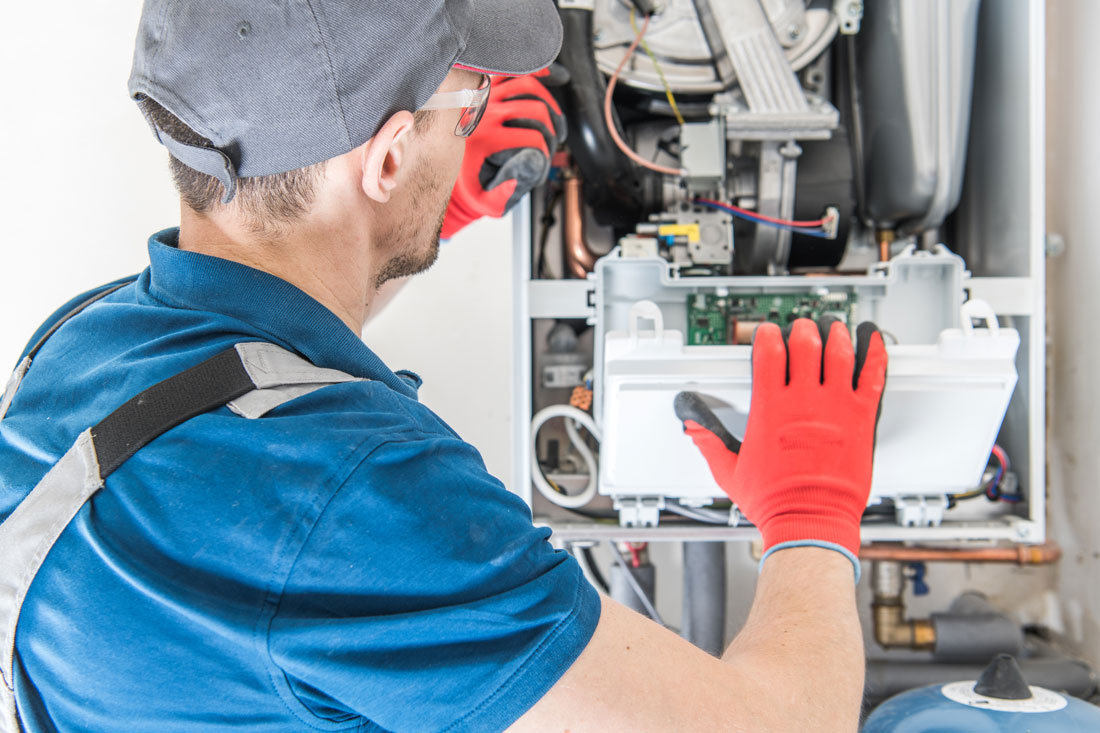If you’re considering replacing your current furnace, you may have wondered if it’s OK to buy a used furnace to save some money. There’s a lot to weigh when comparing the option of buying a new furnace versus purchasing a used unit. You’ll need to consider things like price tags and different levels of efficiency. Buying used means you could end up with an energy hog or a highly efficient energy-saving machine; below are factors you can consider.
1. Check Its History
The first thing you need to do is investigate the furnace’s history. Make sure that it wasn’t recalled due to any safety issues in the past. Check its age and model number to make sure that there were no recalls or known problems with the unit. You can also ask the seller if they know any of its history and check with the manufacturer for more information.
2. Look for Signs of Water Damage
Water can cause serious damage to an older furnace and even lead to dangerous mold growth inside the unit. If the furnace is located in the basement — or another area that doesn’t get much air circulation — moisture and mold can be especially problematic. These conditions can cause corrosion, which can eventually lead to a leak or breakdown of the unit over time.
3. Examine the Heat Exchanger and Condensing Coils
The first thing to look for is a cracked heat exchanger. The heat exchanger is what keeps the exhaust fumes separate from the air that your family breathes. That’s why if there is a crack in the heat exchanger, it could possibly leak carbon monoxide into your home. If you suspect that has happened, you should not buy the furnace.
You also want to check the condensing coils. The condensing coils are very susceptible to damage from salt or other corrosives, which could be found in soils with high mineral content. You want to make sure they are not damaged or corroded when buying a used furnace.
4. Check for Wear, Tear, and Dirt on the Blower Motor
This is the most important part of a furnace. Check for signs of rust or corrosion on the blower fan. Rust is often a sign that water has entered the unit at some point in its life. This could mean it isn’t airtight and will allow moisture into the ducts when in use.
If you don’t see any rust, check for dirt on the fan or motor itself. If it’s dirty, this could indicate that it has been used heavily. You may need to remove insulation from the back of the furnace to get a good look at it.
Just how do you check for wear, tear, and dirt on the blower motor? You should be able to access this part of your furnace by opening up an access panel on its backside. If you can’t see it right away, try removing insulation from around it first — this may give you a better view of what’s going on inside your unit.
5. Consider the Age of a Used Furnace
If you are looking at purchasing a used furnace, then you will want to know the age of the furnace before making any final decisions. It is important to know the age of the furnace so that you will know how much life is left in it. You also need to consider how often or little the previous owner used it so that way you will be able to tell how much life is left in it as well.
A furnace can last anywhere from 10 to 25 years, depending on its brand and model. If the previous owner didn’t take good care of it, that could shorten the life span significantly. It could even cause safety issues if there are cracks or leaks in the system that could allow carbon monoxide gas into your home. This is why it’s so important to have an HVAC technician evaluate any used furnace before you buy it.
5. Check the Energy Efficiency
Furnaces are rated using the annual fuel utilization efficiency (AFUE). A higher AFUE means that more heat from the combustion process is transferred into your ductwork, which means less heat escapes through the flue. The higher the AFUE rating is, the more efficient your furnace will be.
When shopping for a used furnace, ask to see information on its AFUE rating. If you’re buying from an individual homeowner, they may not have this information available. In this case, ask how old their current furnace is and what year it was installed. From there, you can check average AFUE ratings by decade on the website of the company that made the furnace to get an idea of what their current system may be rated at.
At Hometown Heating, Air & Electric in Cedarburg, we can come out and assess your furnace and let you know if you need a new one. We also perform AC services as well as indoor air quality tests. Call today to set up service.
